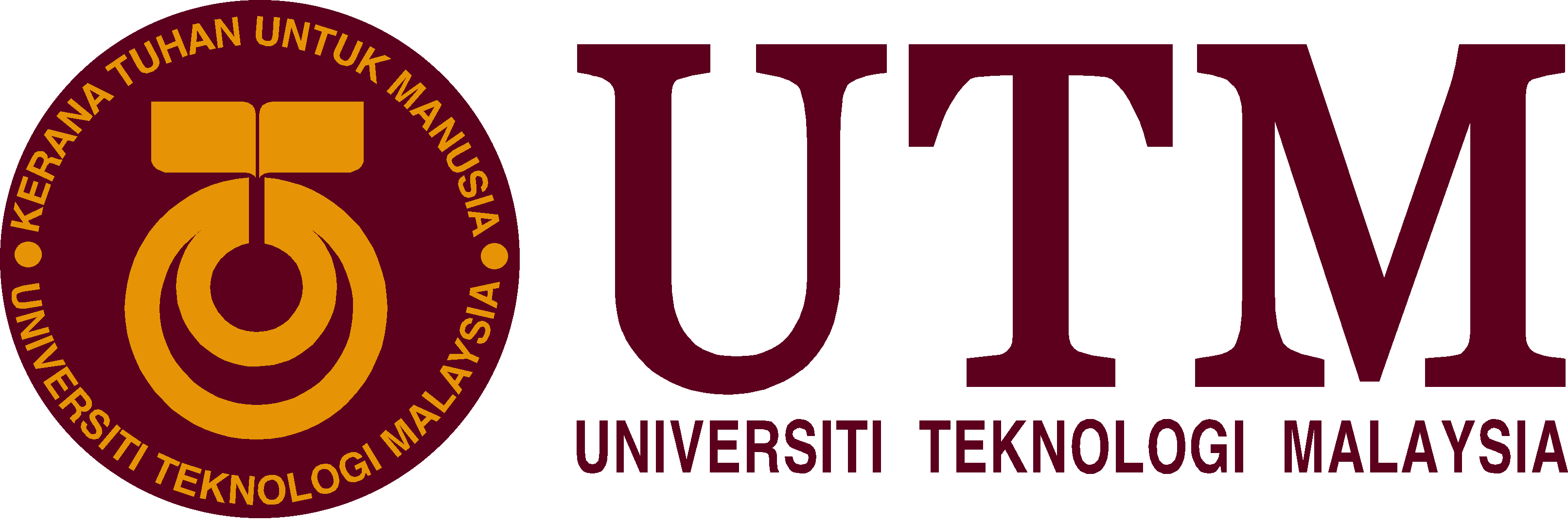In most of the farming practices, pesticides are usually applied uniformly throughout the fields to control the spreading of diseases. This technique is applied despite several pests and diseases exhibit at an uneven spatial distribution, especially during early stages of development. Therefore, to minimize the cost of pesticide usage in agricultural operation, selective spraying was introduced and investigated in the past two decades. The automated selective spraying system, usually executed by a highly automated equipment or mobile robots, enables the selective targeting of pesticide application only where and when it is needed. The main objective of this selective operation is to reduce the amount of pesticide usage and preventing the establishment of infection and its epidemic spread throughout the greenhouse.
The current development of selective spraying only focuses on detecting the area of infection and only a few literatures explores the way to reduce the agricultural mobile robot navigation cost including travelled distance, completion time, fuel and spraying amount while executing the selective spraying task especially in multi-objective application. In addition, the need of increased precision and selectivity in some agricultural operations, combined with the increasing labour costs, promotes the research of advanced automation in agricultural operations. Therefore, there is an increasing interest to develop a suitable technique to minimize the operational cost of mobile robot for selective spraying operation in the greenhouse.

